Tragedy struck my family in March. My beloved senior kitty, Tattoo, declined rapidly and suddenly I’m down to one pet. The house seems so quiet! My other darling feline, Twinkle Toes, is quite vocal as she ages, but my ten pound boy cat (who didn’t talk much) has left a void in my home that is unimaginable. Twinkle and I are heartbroken. I fear she will be lonely during the day, so she now comes to my vet clinic with me every day since we lost Tattoo. I’m officially that crazy cat lady who brings her cat to work. When I visit my mom in Oregon next week, and Twinkle will come with me.
Last year we all went out to Oregon to visit my mom for a couple months. Traveling from Florida to Oregon with 2 cats took some organizing (especially through TSA), but it was worth it. This year I had planned a couple short trips to Oregon and had figured I’d leave my pets in Florida with a pet-sitter. Short trips aren’t usually worth the stress on a pet to fly, nor the expense to your wallet. Since my family unit is suddenly now just me and Twink, she will be coming with me, even for a ten day trip.
There are lots of considerations when you travel with a pet. You may need a health certificate or special hotel accommodations. It is certainly an unwelcome stress for most pets. You have more to pack. You need to pay the airline extra and so on. There are lots of moving parts when you travel with pets. If your pet is diabetic, it may be even more challenging! Let me help you navigate some of the common considerations, particularly when flying.
Health Certificate
Whether you need a health certificate should be sorted out weeks before your actual flight. Seriously, health certificates can be a pain in the behind, particularly to some countries. If you are traveling interstate it’s pretty routine. For reasons beyond my understanding, some airlines require health certificates and some do not. Even airlines who require a health certificate may not actually ask to see it. As a veterinarian I can honestly say I’ve never been asked to show the health certificate even though the airlines I’ve flown required it. If I had been a client who went to the trouble and expense of getting one from my vet, I’d have been most irritated. Check and double check with the airline if you need one. Veterinarians are required by law to examine a pet within days of writing a health certificate. And if you ask your vet to write a health certificate without a recent exam, know that he or she cannot. In this respect veterinarians are agents of the government.
Pet Carrier
You think they squish us humans into planes like sardines? Just look at the tiny area below the seats where our pets are supposed to fit. I hear the seats in first class are a bit taller than they are back in the economy section, but most airlines only allow one pet in first class per flight. I’m always on the lookout for best pet carriers that meet the airplane size requirement and yet also allow a pet to stretch out as much as possible. Stash a spare potty pad or 2 in your bag or pocket of the carrier. Most travel carriers come with a small cushion. I do one better and wrap then staple wee wee pads around it. Just in case my cat must go potty during the flight I want it to absorb into the very absorbent diaper material. There is no need to offend nearby fellow travelers in case there is an accident. Dogs should go for a long walk to ensure every opportunity to poop before the flight. Cats are a little trickier… I’ve yet to meet a cat who will relieve itself when the human says, “Go potty!”.
Medical Records
This isn’t a “must have” but it is helpful to have a copy of your pet’s medical records when you travel with a pet. My own clinic is paperless. All of my records are computerized and therefore easy to email. So many of my clients have smart phones or tablets that I can email them a copy of their pet’s chart with a couple clicks of the mouse. Should a pet become ill during a trip, you can seek veterinary care, regardless of time zone, without waiting for prior medical records.
Do Your Homework
Find out which airports have doggy areas for pets to relief themselves. Is that area near a particular terminal? Is it easier to use the dog potty area if you fly a particular airline? These are questions you might ask before you book your flight. You can search online for “pet friendly airports” to find the best bets for your route.
Sedative

Ice Packs, Supplies and Food
You’ll need a way to keep insulin cool. Rather than buy an ice pack, ask your vet for one. Veterinarians get ice packs in the clinic all the time with refrigerated medications. I’m happy to give away these ice packs to my clients. You may also wish to purchase a small collapsible cooler for the insulin. Normally you get a “carry on” and a personal item (such as a big purse). Your pet usually counts as the carry on item. Be sure to have a few extra supplies such as extra syringes in case you get held over. Obviously a nonstop flight is strongly preferred if you travel with a pet. I’d also suggest keeping your pet glucose meter on you in case your checked luggage gets misplaced. And put a few potty pads in your checked bag for the return flight. I’d advise you to carry a bit of pet food in your bag. These days you can order pet food online to be delivered and waiting for you at your destination upon your arrival. You might also wish to bring a couple disposable paper bowls and a little container for water; of course don’t fill the water container until after you get through TSA!
My best advice to flying with pets is this: If at all possible, DRIVE! Unfortunately, my life is split between Oregon and Florida. I couldn’t have gotten much further away had I tried. And so I fly.
Safe travels!
Have a question or comment? Then post below! I always enjoy hearing from my readers!
NOTE: Consult your veterinarian first to make sure my recommendations fit your pets special health needs.

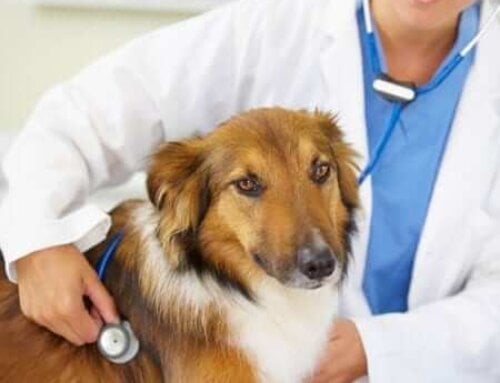


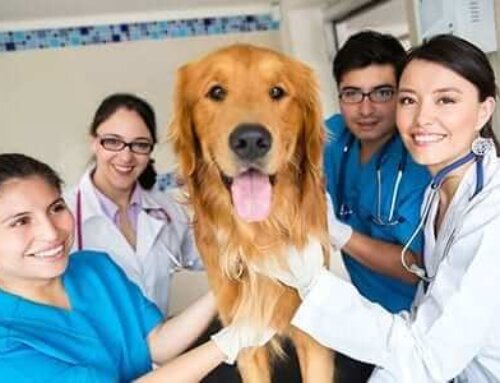
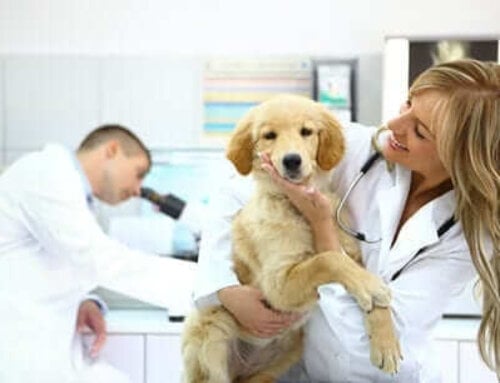
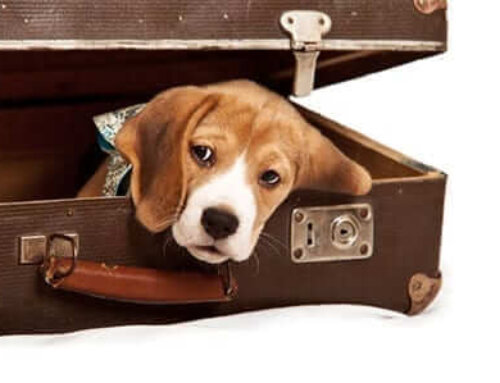


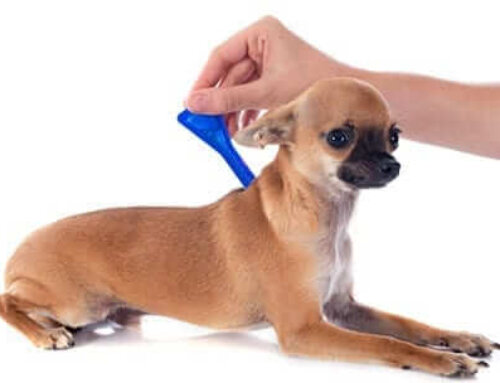
Thanks. The last time I tried a leash on Rosie, she slithered around on the ground like a lizard. She absolutely wouldn’t get upright or walk. It was pathetic. Maybe I need to be more persistent. She won-she’s delicious but a serious piece of work?
Another suggestion if you are flying with a cat. Leash train them. You will have to take them out of their carrier when going thru security. Better to have a harness and leash on your cat. It takes a few days to train a cat to wear a harness. Then add the leash.
Great suggestion!
I wanted to give 5 stars *****but this system didn’t let me?.
I’m so sad to hear about your loss of your boy, Tattoo. So sad for you and Twinkle toes. Our pets are family-and sometimes the sweetest family members. My heart goes out to you both.
Thanks for your advice for traveling. Tho overwhelming too. I will follow it if I take a long trip. I try to have Rosie stay at home. She’s build a good friendship with a neighbor my building who stays over at my apt. with her when I take short holidays. There are some glitches – but basically the stay-overs and visits are fine for Rosie.
Again, my heartfelt thoughts are with you both.
June
Hi June,
We apologize for the trouble you’re having with the rating system. Could you tell us what device/browser you were on so we can trouble shoot this? Don’t worry about the rating too much, it mostly helps us improve our articles :]
Thank you. 🙂